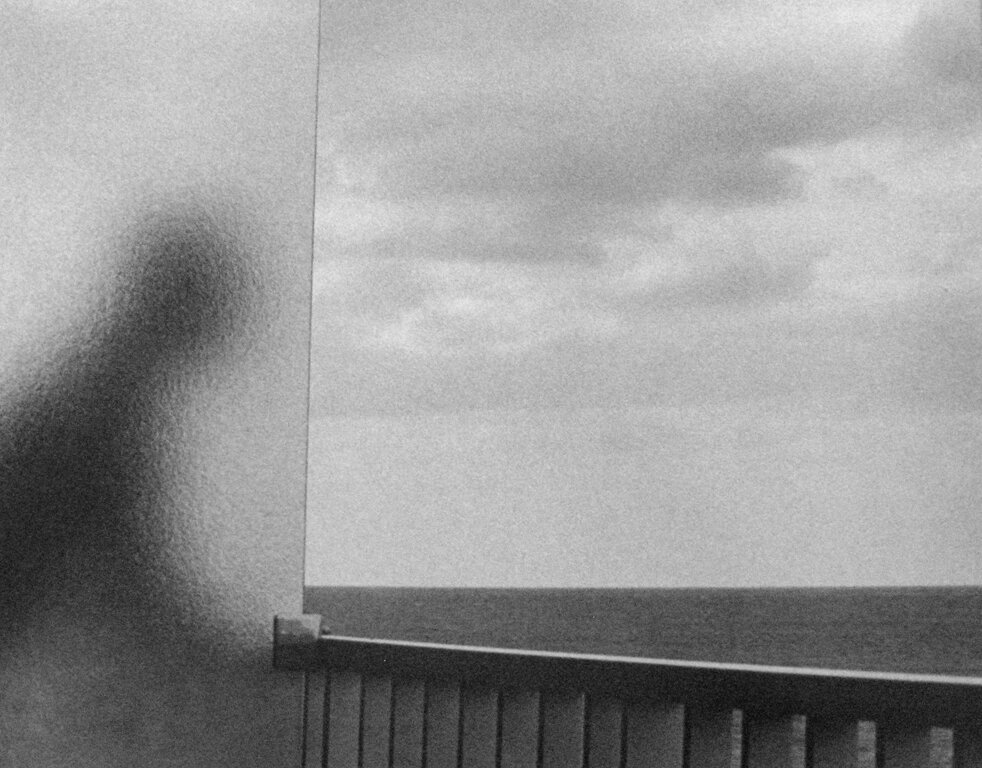André Kertész
André Kertész ( 1894 - 1985) was born in Budapest, Hungary where he started his photography. Kertész is recognized as one of the world’s leading photographers, his career spanned more than 70 years. He settled in Paris where he began a career in photography doing free-lance reportage and a personal document of his daily life. He was one of the first artists to photograph Paris at night and was also a pioneer in using the small-format camera and was a mentor to photographers such as Henri Cartier-Bresson, Robert Capa, and Brassaï. Kertész was often called a surrealist, but he often denied that he was. He came to America when employed by Keystone Studios in New York, and due to the war, was unable to return to Europe. He continued his work, documenting daily life, but never seemed happy to be away from Europe, his work was not valued as much in America. In the seventies this artist was finally valued as a major photographer of the 20th century. During his career he received numerous honors: a Silver Medal at the Exposition Coloniale, Paris in 1930, a Gold Medal at the Venice Biennale in 1962, a Guggenheim Fellowship in 1975. Towards the end of his life he returned to Hungary to visit his native city, Budapest.He has been the subject of many one-person exhibitions: the Art Institute of Chicago in 1946, the Biblióthèque Nationale, Paris in 1963, the Museum of Modern Art, New York, 1964, and more exhibitions have been organized since his death. His early carte-postals from Paris are extremely desirable to collectors.





